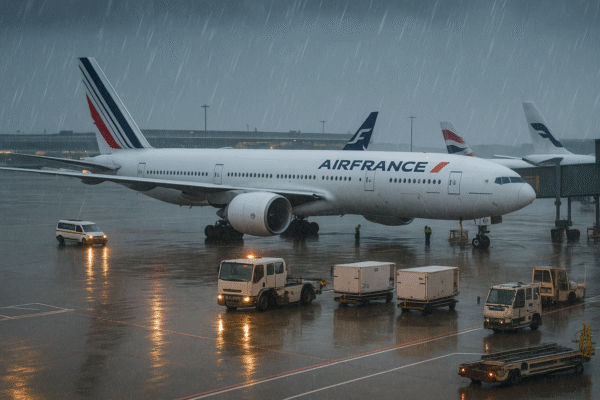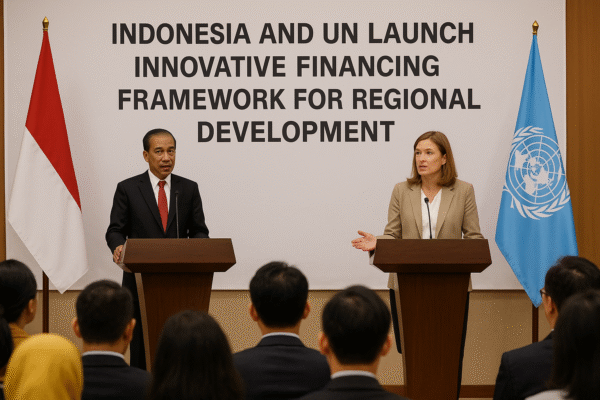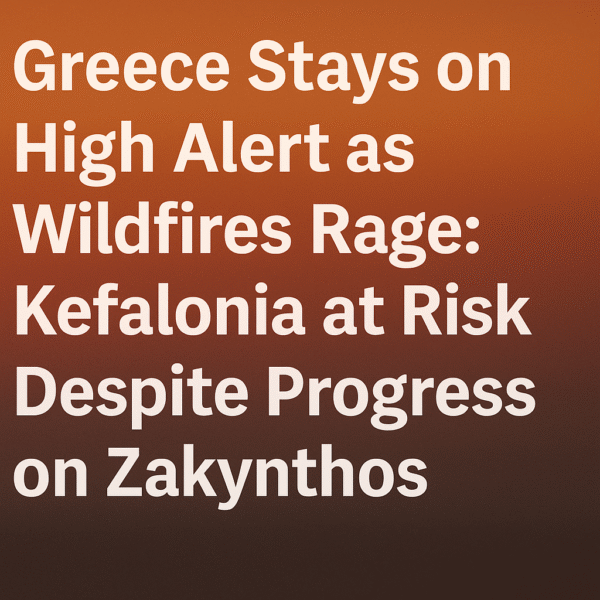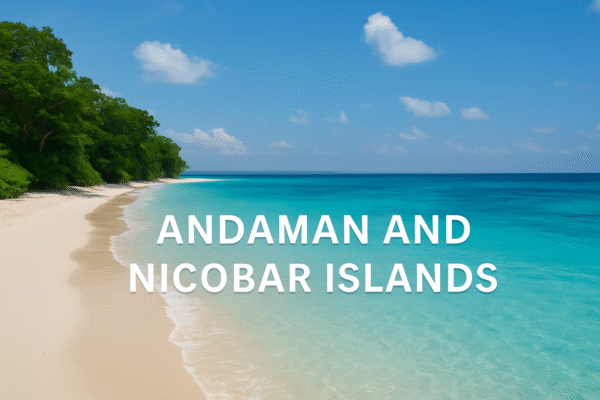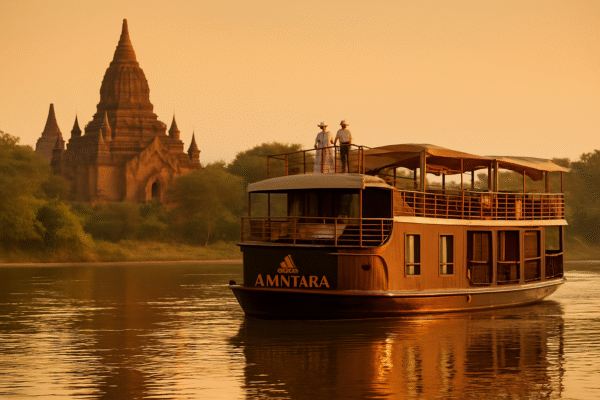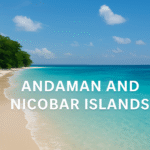The Andaman and Nicobar Islands, located in the Bay of Bengal, are on an accelerated trajectory to become one of Asia’s premier destinations for luxury tourism, sustainable development, and strategic economic growth. With a boom in tourist arrivals and a host of government-led infrastructure initiatives, this island union territory is preparing for a future where its natural beauty meets modern innovation.
Record-Breaking Growth in Tourism
In 2024, the Andaman and Nicobar Islands witnessed a 41% increase in domestic tourist arrivals and a 27% rise in international visitors, according to data from the Ministry of Tourism. This trend reflects a growing interest in the region’s turquoise waters, white sandy beaches, coral reefs, and rich cultural heritage.
The administration has ramped up investment in infrastructure and digital connectivity to cater to this influx. Eco-luxury resorts, scuba diving centers, underwater experiences, and island-hopping tours are now attracting both high-end travelers and adventure-seeking tourists.
According to Incredible India (Ministry of Tourism), the islands have become a magnet for experience-led tourism — combining leisure with environmental learning.
Luxury Meets Sustainability in Island Development
A key part of the tourism transformation is the push for high-end, sustainable development. Multiple luxury resorts are under construction across Havelock, Neil, and Ross Islands, catering to international standards while adhering to green building norms.
The Union Territory administration, in partnership with private investors and the Integrated Development Authority (IDA), is ensuring that new tourism infrastructure adheres to eco-conscious practices — including solar power generation, rainwater harvesting, and zero-waste protocols.
These measures align with the goal of achieving 100% renewable energy by 2029, making the Andaman and Nicobar Islands one of India’s most progressive regions in terms of sustainable development.
Boosting Connectivity: Seaplanes and Smart Travel
The launch of seaplane services under UDAN 5.5 is a game-changer for island connectivity. With the completion of three new water aerodromes in September 2025, inter-island travel will be faster, more scenic, and accessible. These routes will connect Port Blair to Havelock, Car Nicobar, and Campbell Bay, creating seamless movement for tourists and locals.
Further incentives — such as aviation turbine fuel tax exemptions for international airlines — are expected to bring more direct flights from Southeast Asia, Europe, and the Middle East, reducing travel friction and inviting a new segment of global travelers.
Great Nicobar Island: India’s Strategic and Sustainable Vision
The Great Nicobar Island development plan stands as a flagship initiative of strategic and ecological harmony. This multi-billion-rupee project, overseen by NITI Aayog, aims to build a transshipment port, eco-tourism zones, and modern civic infrastructure — all with climate-conscious design.
It includes:
- 100% renewable energy infrastructure
- Mangrove buffer zones to protect biodiversity
- An integrated smart city designed to minimize environmental impact
This project not only serves national maritime interests but also positions the island as a model for sustainable economic hubs in the Indo-Pacific.
Empowering Local Communities Through Tourism
A significant outcome of this tourism and economic surge is employment generation. According to the Andaman & Nicobar Tourism Department, over 15,000 new jobs have been created in hospitality, transportation, and adventure tourism sectors over the last year alone.
Community-based tourism models — like homestays, guided eco-walks, and traditional Nicobari performances — are being promoted to ensure that locals remain integral to the tourism economy.
The tribal communities and ecological reserves of Nicobar are being preserved through responsible tourism education and regulations, ensuring that development doesn’t come at the cost of heritage.
Upcoming Attractions and Events in 2025
Tourists visiting in 2025 can look forward to:
- The Island Eco Festival – Celebrating indigenous culture and sustainability
- Luxury Dive Weeks – In partnership with PADI-certified centers
- Night Kayaking Tours in Bioluminescent Waters – A surreal experience at Havelock
- Eco-Retreats in Baratang and Long Island – Ideal for wellness travelers
These experiences, coupled with improved infrastructure and services, make the islands a complete package for discerning travelers.
Conclusion: A Blueprint for India’s Future in Responsible Tourism
The Andaman and Nicobar Islands are more than just a tropical paradise; they are becoming a beacon of how sustainable tourism and strategic growth can coexist. With world-class infrastructure, eco-tourism principles, and a global outlook, this island chain is set to attract luxury travelers, digital nomads, sustainability advocates, and investors alike.
As India prepares to host more international tourists in the coming years, the Andaman and Nicobar Islands stand tall — not just as a destination, but as a vision of what responsible, future-forward travel can look like.
For more travel news like this, keep reading Global Travel Wire




